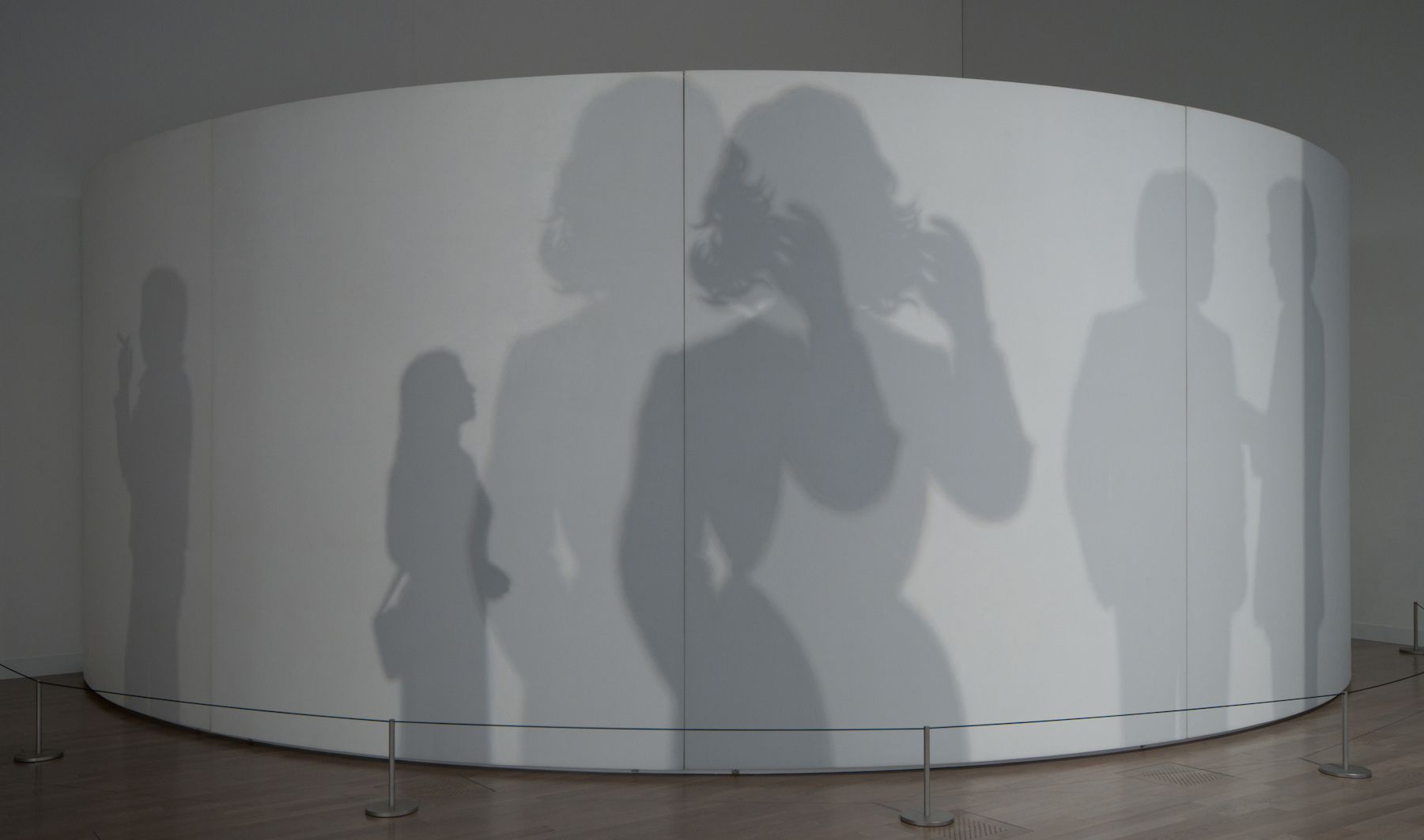"Jiro Takamatsu: Trajectory of Work" is taxonomic, breaking down everything in the artist's oeuvre into relatively neat successions of projects and including his paintings and sculptures, copious sketches and the marginalia. Even the catalog seemingly calls for a scientific approach, this exhibition being the opportunity to "conduct objective and detailed research and analysis."
Yet while all is clearly tagged and categorized, the organizers note that they were unable to reach clear conclusions about certain artworks, so they were omitted from the show and some conclusions set aside. While the exhibition is the most comprehensive on the artist to date, we are told that it should by no means be regarded as a definitive assessment. Much about Takamatsu's career remains unknown and his theorizing can often seem esoteric.
Takamatsu's (1936-1998) star began to rise when he and two other artists formed the short-lived early 1960s' postwar avant-garde group Hi-Red Center, which by "descending into the everyday" — as was the art scene's catch phrase of the period — produced happenings such as the scrubbing of pavements in the Ginza district of Tokyo in preparation for the 1964 Olympics. That event involved Hi-Red Center members dressed in surgical attire as they parodied the citizen-activists who wanted to clean up the city before the world turned its eyes on it.



















With your current subscription plan you can comment on stories. However, before writing your first comment, please create a display name in the Profile section of your subscriber account page.